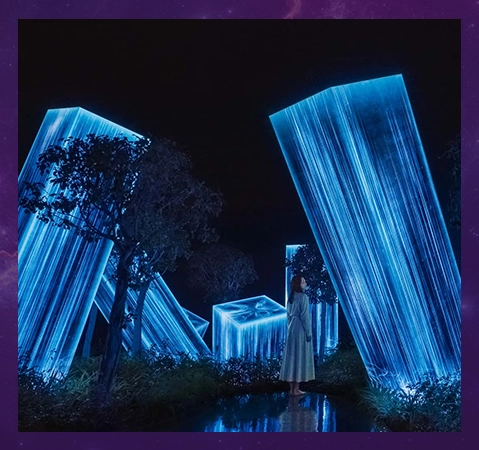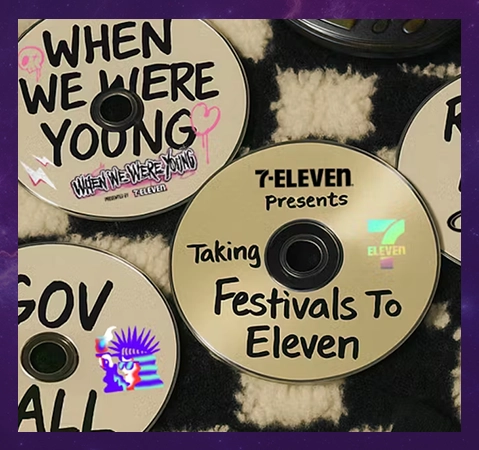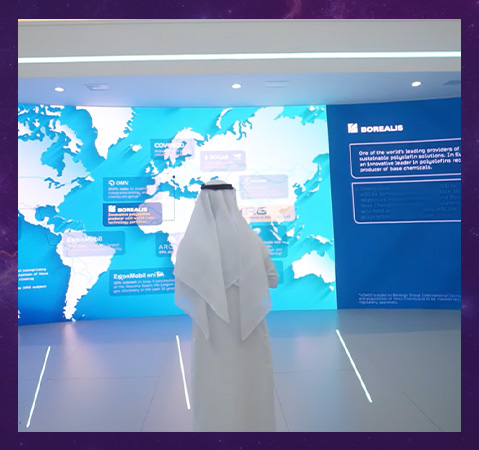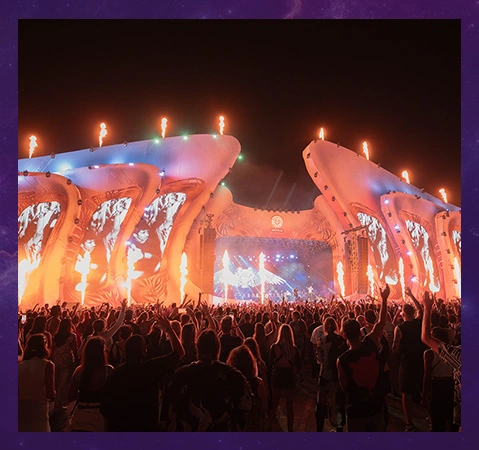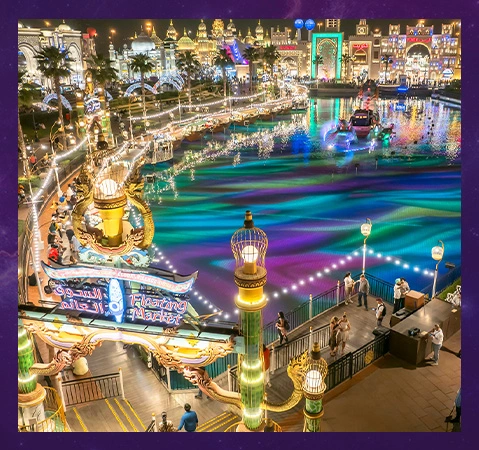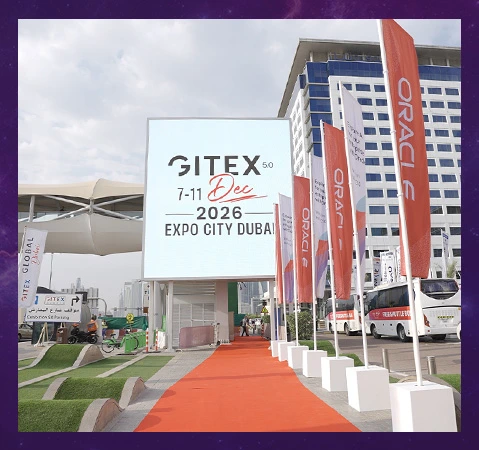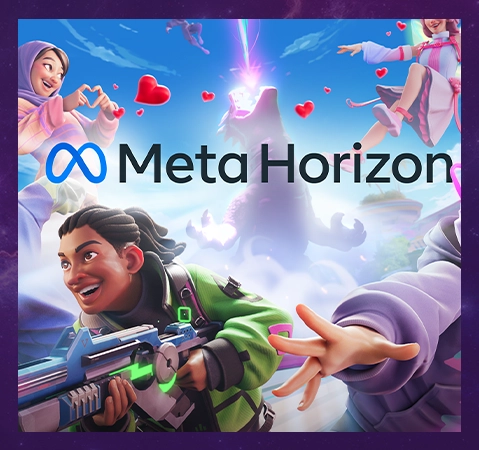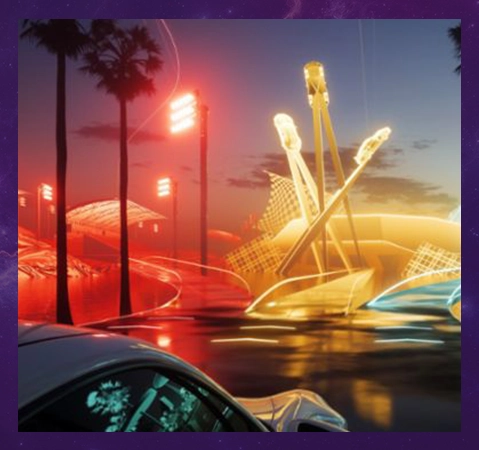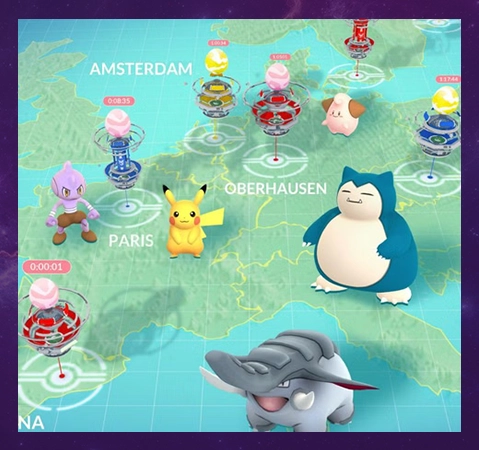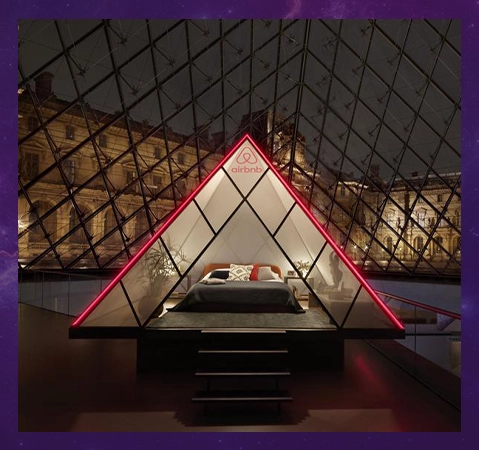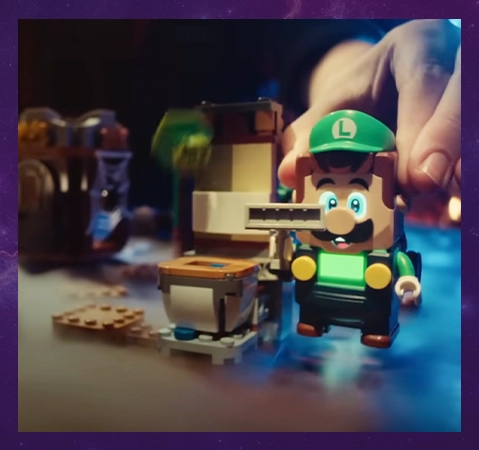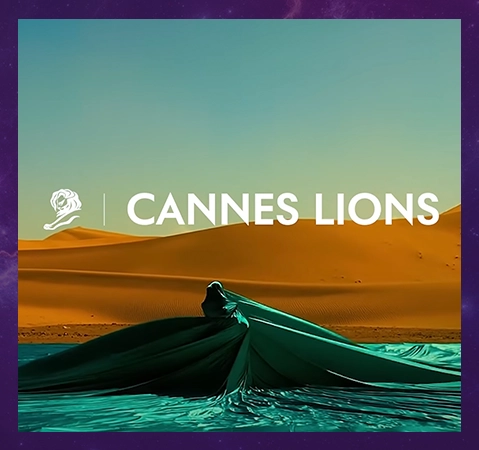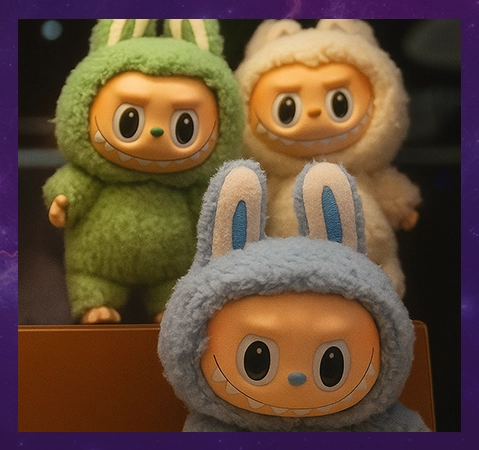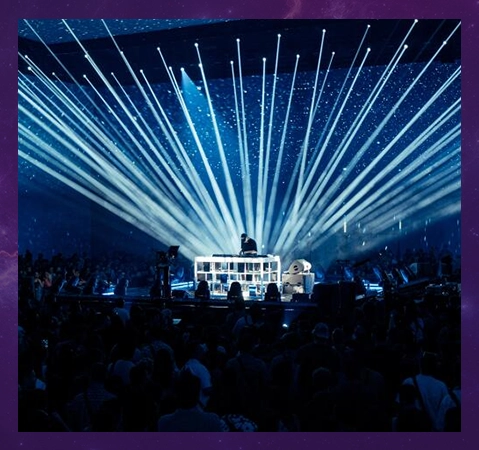
How Meta’s Horizon Worlds is Transforming Brand Experiences in the Metaverse
share
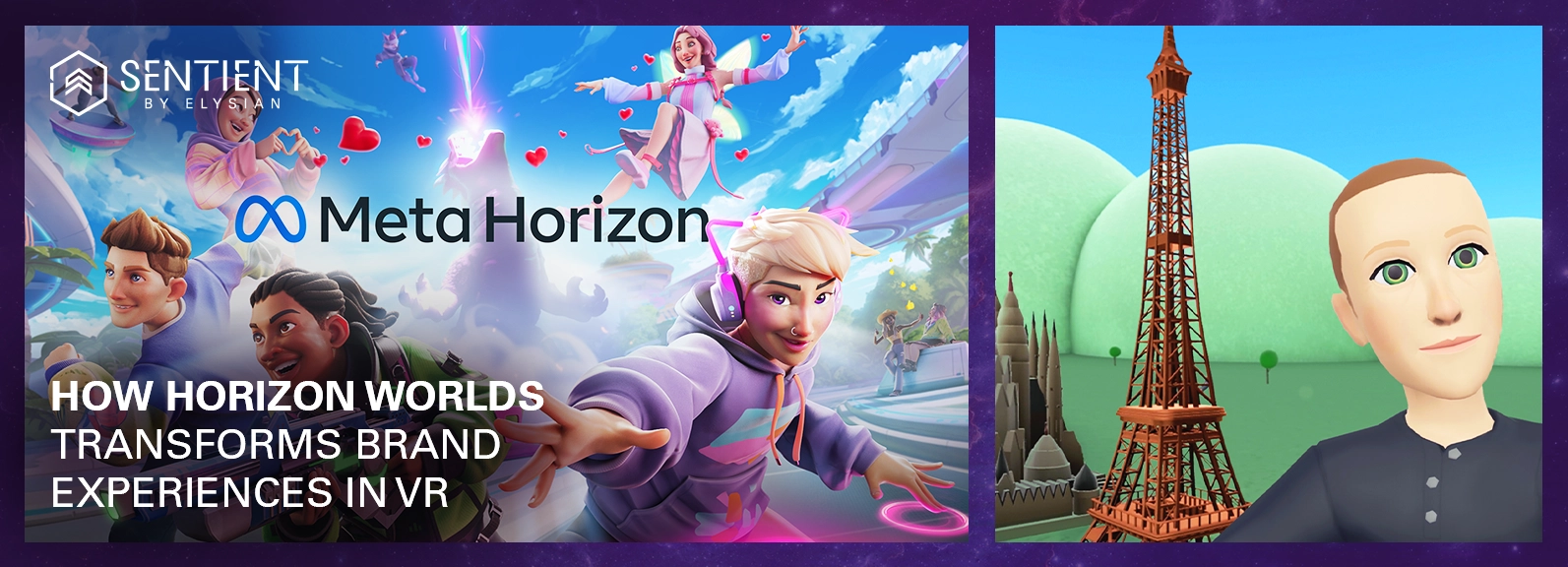
Summary:
Meta’s Horizon Worlds is redefining brand experiences in the metaverse, turning audiences into active participants. From immersive product launches and gamified spaces to community-driven events, brands can build emotional connections, loyalty, and memorable interactions. While challenges like moderation and adoption persist, early adopters, including experiential companies like Sentient By Elysian, are showing how storytelling, gamification, and technology can transport audiences beyond reality. Horizon Worlds signals a shift from passive advertising to fully interactive, social, and immersive brand engagement.
Table of Contents:
From Static Ads to Living Worlds
Horizon Worlds as a Stage for Events
Building Communities, Not Just Campaigns
Measuring Success in a World Without Clicks
The Challenges and Growing Pains
The metaverse is no longer a sci-fi buzzword — it’s becoming a living, breathing marketplace of ideas, culture, and commerce. At the center of this evolution stands Meta’s Horizon Worlds, a social VR platform designed to reimagine how people connect, create, and collaborate in virtual spaces. For brands, this isn’t just another digital channel; it’s a stage where immersive storytelling, interactive events, and community engagement converge in three dimensions. From retail activations to cinematic promotions, Horizon Worlds is transforming brand experiences into participatory adventures, offering marketers a new frontier where audiences don’t simply watch — they play a role.
From Static Ads to Living Worlds: How Brands Enter Horizon Worlds
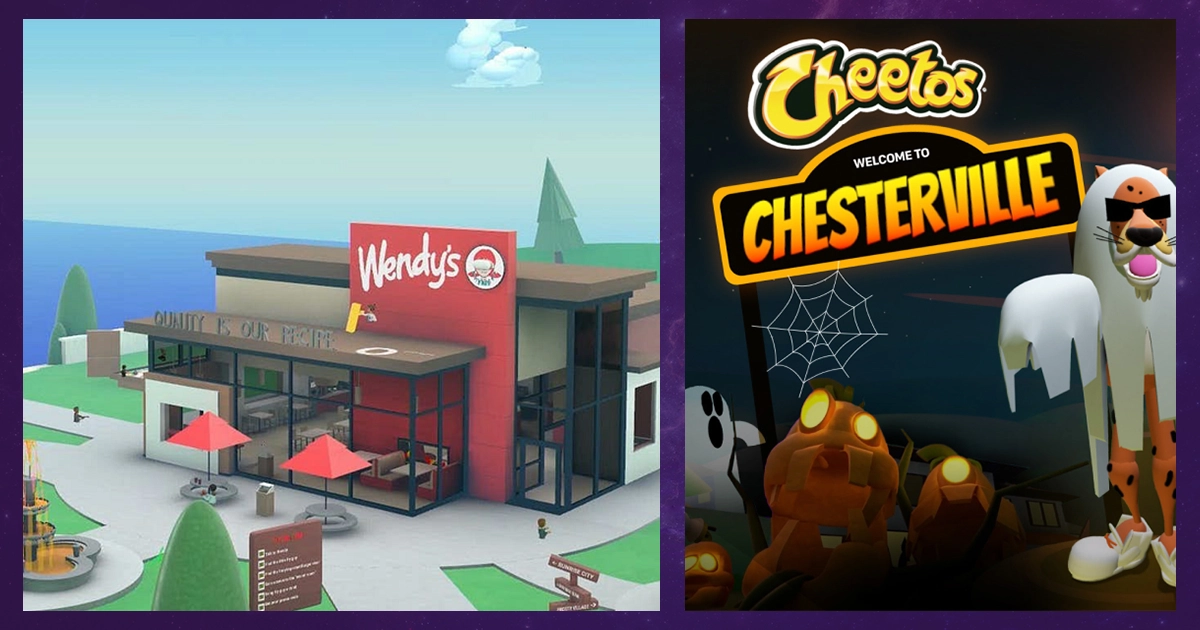
Traditional advertising relied on static visuals, catchy slogans, and carefully timed campaigns. But Horizon Worlds flips that script entirely. Instead of being passive recipients of brand messages, users become active participants in branded environments. Picture this: rather than watching a car commercial, you can step inside a virtual showroom, test-drive the latest model, and even chat with other avatars about the experience. This is the essence of Meta’s vision — advertising not as intrusion, but as immersion.
Brands are not new to this shift — they’ve been building in it for some time. Take Wendy’s, which introduced the “Wendyverse” in Horizon Worlds. Visitors could walk into a digital restaurant, shoot hoops in the “Buck BiscuitDome,” and engage with playful brand content. This wasn’t a flat billboard or a fleeting 15-second ad; it was an immersive experience that held attention much longer. Another such example is of PepsiCo’s Frito-Lay brand. Through its Cheetos division, it launched a gamified experience called Chesterville within Meta’s Horizon Worlds as part of its promotional campaigns, inviting players to explore instead of scrolling past.
The benefits are twofold. First, it builds emotional connections by letting consumers experience the brand in memorable ways. Second, it taps into the growing Gen Z and Gen Alpha audiences who value interactivity over traditional ads. For these digital natives, identity and community are shaped not just through social media, but also through immersive platforms where they can explore, create, and share.
Horizon Worlds, in this sense, acts as a laboratory for brands. Every interactive zone, from a concert hall to a retail pop-up, offers real-time feedback. Engagement metrics aren’t measured in clicks, but in how long users linger, play, and talk about what they’ve experienced. For marketers eager to go beyond impressions, this new canvas signals a radical change in how storytelling and commerce converge.
Inspired by the fusion of storytelling and gamification, Sentient By Elysian, a UAE-based experiential marketing company, pushes the boundaries of what events can be. Their Web3 video shows exactly that—where attendees don’t just watch, they live the experience. Picture event spaces reimagined as knowledge hubs that ignite curiosity, business centers that spark collaboration, and entertainment zones that keep the energy buzzing—all seamlessly connected under one roof. That’s what SBE aims for: transforming events into moments people talk about long after the lights go down.
Horizon Worlds as a Stage for Events and Cultural Moments
One of the most powerful uses of Horizon Worlds is its ability to host events that feel both communal and personal. In a physical world, concerts, premieres, or product launches are limited by geography and venue capacity. In Horizon Worlds, those barriers vanish. A fan in Tokyo can share the same front-row seat with someone in New York — no plane tickets, no lines, just an Oculus headset and a Wi-Fi connection.
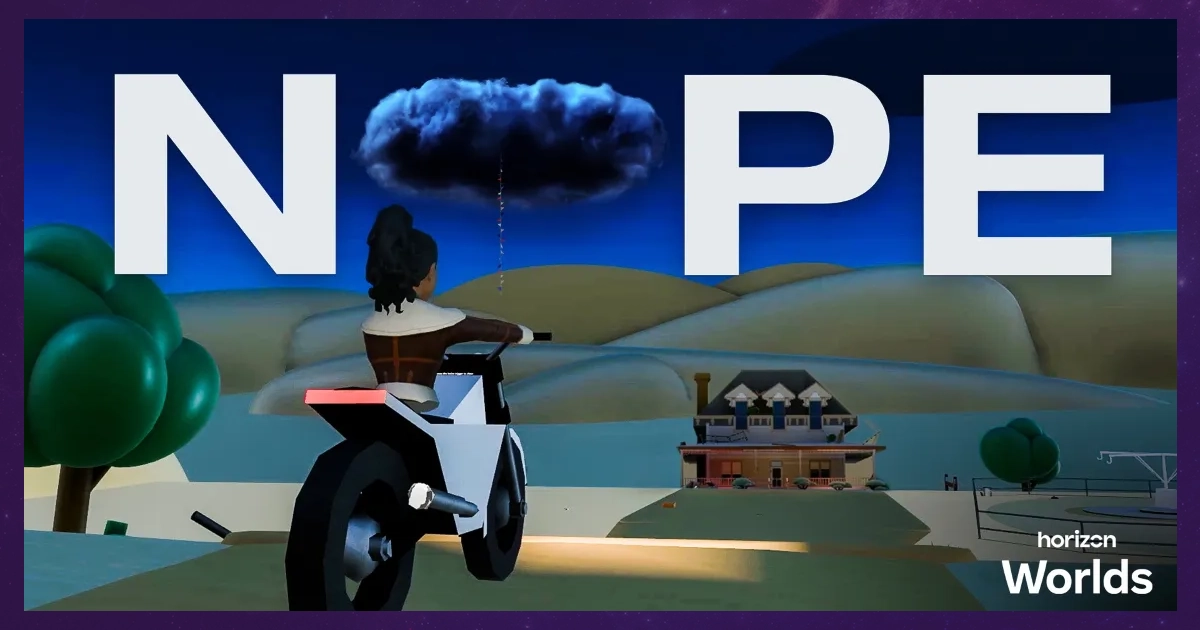
Meta has been leaning into this potential by experimenting with immersive concerts, comedy shows, and film tie-ins. A standout example was when Grammy-winning artist Post Malone performed in a VR concert accessible through Meta platforms, including Horizon Worlds. Audiences could move through themed virtual environments, each designed to match the mood of his songs. Similarly, studios like Universal Pictures and Monkeypaw Productions used Horizon Worlds to create spaces tied to movie releases such as Nope, turning promotion into an adventure where users explored scenes from the film.
For brands, these cultural moments provide more than exposure; they spark shared memory-making. Unlike scrolling past an ad or watching a trailer on YouTube, attending an event in Horizon Worlds creates a sense of “I was there.” This digital presence mirrors the exclusivity and excitement of real-world experiences — only here, it’s infinitely scalable.
The platform also encourages brands to experiment with hybrid strategies. A physical event can be extended virtually, doubling reach and longevity. Imagine a sneaker launch where a limited in-store drop is mirrored by a Horizon Worlds scavenger hunt. Both audiences feel part of the same cultural wave, but in their preferred medium.
In short, Horizon Worlds doesn’t just host events — it reshapes them into interactive cultural touchstones, making them sticky, memorable, and inherently social in ways traditional media can’t replicate.
Building Communities, Not Just Campaigns
What makes Horizon Worlds stand out isn’t only the flash of virtual events or branded mini-games — it’s the way the platform encourages community-driven engagement. In the metaverse, people aren’t faceless data points; they’re avatars who explore, talk, and build together. This transforms branding from a one-way broadcast into an ongoing relationship.
Take the NBA’s Horizon Worlds arena, for example. Instead of simply streaming highlights, the NBA created a virtual basketball space where fans could gather, play mini-games, and celebrate their teams. It became less about advertising the league and more about cultivating a shared fan culture. That sense of belonging is invaluable — it builds loyalty in a way that traditional ad campaigns rarely achieve.
For many brands, this shift requires a mindset change. Instead of asking, “How do we sell here?” the question becomes, “How do we add value to this community?” Some achieve this by sponsoring spaces that encourage creativity, while others focus on gamified experiences where fans can collaborate, compete, or simply hang out. The common thread is participation. People don’t want to be spoken at; they want to be part of the story.
From an academic standpoint, this reflects the move from transactional marketing to relationship marketing — where emotional resonance and social bonds are the real currency. Horizon Worlds is fertile ground for this, as it allows brands to integrate naturally into the rhythms of social play rather than interrupt them.
The long-term payoff? Communities that not only interact with branded spaces but also advocate for them organically. In the metaverse, the most successful campaigns won’t feel like campaigns at all — they’ll feel like friendships, shared memories, and networks of belonging. That’s the kind of stickiness brands have been chasing for decades, now possible in 3D.
Measuring Success in a World Without Clicks
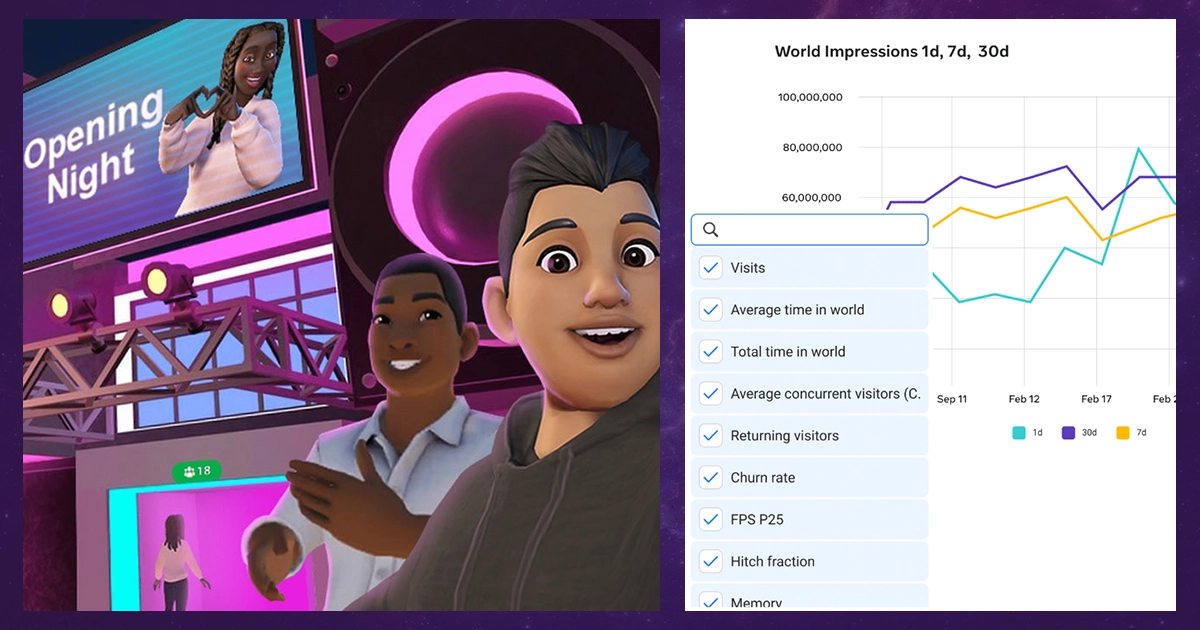
In traditional digital marketing, success is measured in clicks, impressions, and conversions. But Horizon Worlds rewrites the rules of measurement. How do you quantify the impact of a virtual basketball game with friends or the thrill of exploring a branded scavenger hunt? The answer lies in new metrics of engagement — ones that focus less on transactions and more on immersion.
Meta has emphasized metrics like time spent in-world, repeat visits, and social interactions as indicators of success. If a user spends 20 minutes exploring a branded environment, chatting with others, and returning days later, that’s far more meaningful than a two-second scroll past a banner ad. For example, Wendy’s reported that its Wendyverse attracted tens of thousands of visitors, many of whom spent significantly more time engaging with the brand compared to traditional digital touchpoints.
Another layer of measurement comes from behavioral insights. Brands can track how users move through virtual spaces: which areas attract the most attention, which games keep people engaged, and which interactions spark conversations. This creates a feedback loop where experiences can be iterated and refined, much like A/B testing in web campaigns, but with far richer context.
It’s also important to note that Horizon Worlds is still evolving, and so are its analytics tools. As Meta expands the platform, we can expect more robust dashboards and integration with broader marketing ecosystems. However, the current shift is clear: success is no longer about pushing messages out, but about pulling people in.
This reframing forces marketers to think differently. Rather than chasing raw numbers, they must ask: did we create a moment worth remembering? Did people feel connected, entertained, or inspired? In Horizon Worlds, those qualitative experiences become the ultimate KPI.
The Challenges and Growing Pains of Horizon Worlds
For all its promise, Horizon Worlds is not without hurdles. The platform has faced criticism over user safety, technical limitations, and adoption rates — all of which directly impact how brands choose to participate. After all, a branded space only matters if the audience shows up and feels comfortable exploring it.
One of the biggest challenges has been moderation and safety. Meta has introduced tools like “personal boundaries” to prevent unwanted avatar interactions and continues to refine its community guidelines. While these features mark progress, concerns about harassment and misuse remain. For brands, aligning with a platform that must actively combat these issues requires careful planning and reputation management.
Another hurdle is scale. Despite Meta’s heavy investment, Horizon Worlds has not yet reached mainstream adoption. Reports suggest that user numbers have fluctuated, and engagement has sometimes fallen short of expectations. For marketers, this means early experimentation can be exciting, but it also carries the risk of investing in a platform still finding its footing.
Technical limitations also shape the experience. The graphics and performance of Horizon Worlds are designed for accessibility on Meta Quest headsets, but this can make environments appear less polished compared to high-end gaming platforms. For brands that pride themselves on cutting-edge visuals, this requires creative storytelling to compensate for aesthetic constraints.
Brands experimenting in Horizon Worlds today are experimenters on the frontier of what the metaverse could become. Much like the early days of social media, those willing to experiment may reap disproportionate rewards as the ecosystem matures. The question isn’t whether challenges exist, but whether brands see them as barriers or as stepping stones to innovation in a new digital frontier.
In A Nutshell
Meta’s Horizon Worlds is more than a platform — it’s a space for brands to connect, engage, and captivate. From immersive product launches to gamified social spaces, it turns passive audiences into active participants, fostering emotional connections and building lasting communities.
While challenges remain, they also create opportunities for brands to pioneer and shape the platform’s future. Experiential companies like Sentient By Elysian showcase how imagination, gamification, and technology can transport audiences beyond reality, creating awe-inspiring experiences that redefine interactive storytelling.
For marketers, the lesson is clear: the metaverse isn’t a trend to watch — it’s a space to co-create meaningful, memorable experiences. The future of brand engagement isn’t coming; it’s already here, fully interactive, social, and vividly alive.
Website | LinkedIn | Instagram | YouTube | Facebook



